
A Handbook of Employee Reward Management and Practice
Read or listen offline
Amazon KindleRecommendation
This book is a very thorough introduction to contemporary reward management practice. Even though reward management simply means the way you compensate people, authors Michael Armstrong and Tina Stephens advise that your organization’s reward philosophy, strategy, policies and practices carry a message. They tell employees what your organization wants from them. As a rule, it seems, you get what you pay for. Thus, organizations need to pay for the things they want. Easily said, but done only with difficulty. A plethora of internal and external factors may cause a reward system to go off track and begin to compensate people for behaviors that do not advance the mission of the corporation and, in some cases, for behaviors that impede it. Although it is intended for practitioners, this also would be an excellent textbook for an introductory course on human resource management. The authors leave nothing to the imagination and take nothing for granted. getAbstract.com recommends their in-depth discussion of the major themes covered in the academic literature on rewards, particularly their informative case studies.
Summary
About the Authors
Michael Armstrong, a fellow of the Institute of Management Consultancy, graduated from the London School of Economics. He is the author of more than a dozen business books including How to Be an Even Better Manager, Managing People, Performance Management and A Handbook of Human Resource Management Practice. Tina Stephens is a specialist in employee rewards and in management and leadership development. Both authors are affiliated with the Chartered Institute of Personnel and Development. Armstrong is a Companion and former Chief Examiner and Stephens is a Chartered Fellow.








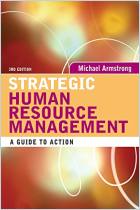
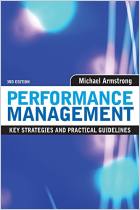
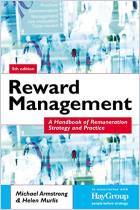

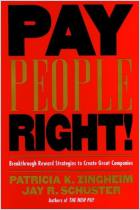
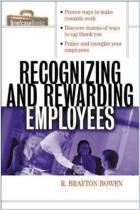

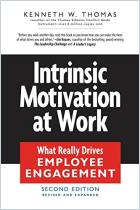
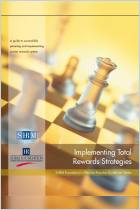
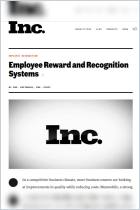




Comment on this summary